Dying Light 2 Stay Human comes seven years after the launch of Techland’s original 2015 parkour zombie hit — and it just might be its magnum opus. We sat down with Lead Gameplay Designer Tymon Smektała for an interview during a recent Dying Light 2 preview event to find out about the work put into this ambitious sequel. Our time with the Techland lead clued us into Dying Light 2 Stay Human’s four gameplay pillars, its difficulty, where it’s going next, and so much more.
The Escapist: Tell us about Dying Light 2‘s four gameplay pillars.
Tymon Smektała: Dying Light, as the first game, was built on the parkour, combat, and day-and-night cycle. People liked it, media liked it, but gamers liked it, especially. A lot of people were recommending the game to their friends. So, we said, “Okay, so it makes sense. It works. It’s something that we can develop on, that we can build on.”
So, we started with a huge list of things we wanted to improve. And looking at them, there were three things I wanted to focus on. The first one was that, in the first game, parkour and combat were kind of separated. So, first of all, we wanted to connect, combine those two together. That’s why there are a lot of skills (in Dying Light 2) that allow you to use your enemies as a starting point for parkour combinations or combat skills that require you to stay mobile, stay agile, jump along, and basically be the parkour guy that we are creating, that the fantasy is centered around.
Then, the other thing was, with the day-and-night cycle, we wanted the game to offer two significantly different experiences that … almost feel like it’s two games in one. But I think we went too far with the night in the first game.
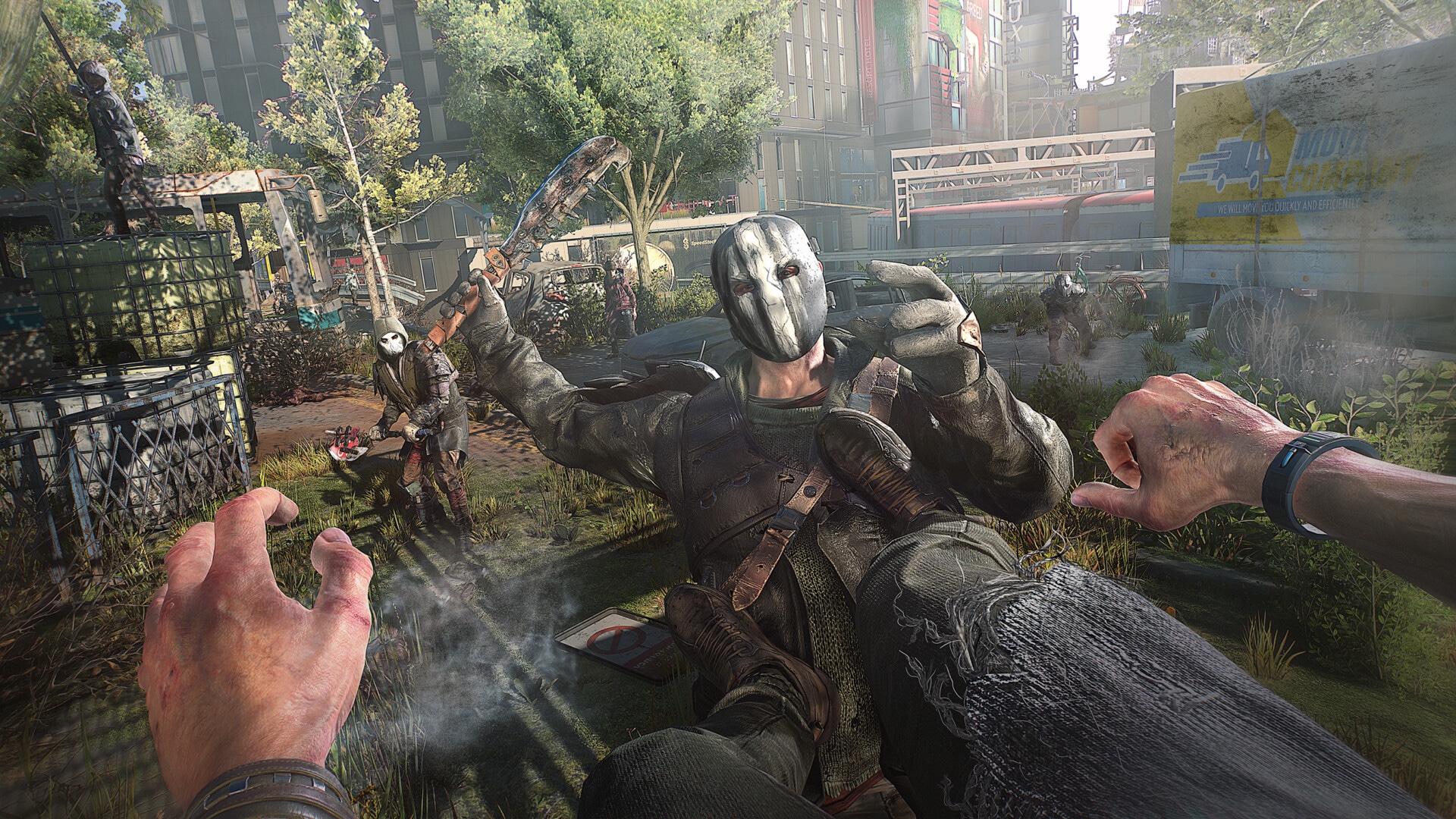
When we were looking at the data from what players were playing, we realized that a lot of players are actually skipping the night part. Because A: it was too scary for them, maybe too difficult. And B: they didn’t get the real incentive to go out during the night. Because in (the first game), basically, the only thing that happened is you were getting double XP, and that’s it. So, we wanted to change that. Now, the rule of this world is the day is for humans and the night is for the infected.
During the day, the infected hide inside buildings; during the night, they come out. But what that means is that those buildings, those interiors, those places that can hold the most valuables, the most powerful weapons, now they’re empty. Now they are free for a guy like you or a night runner, for someone who’s brave enough to face the terrors of the night, to explore. There are a lot of places which you can explore only during the night, or it’s easier to do it during the night. … At some point you get a very powerful UV flashlight, which you can use against the infected, kind of like in Alan Wake.
The third thing was that, with Dying Light 1, I think we created a game which allowed you to solve the challenges that are in front of you in many different ways. But then, in the story, it was a scripted, linear game. So, at the very beginning of (Dying Light 2‘s development), our creative director, Adrian Ciszewski, said, “Hey, guys, we need to do something about this. We need to at least try to offer the players the same amount of freedom. Try to achieve that. Give them the same amount of freedom in the story that they have in-game.”
That’s why the story is nonlinear as we make choices. And when we were developing that, we also realized … there are a lot of games that do nonlinear stories, and some of them are created by the masters of the genre, so it might be hard for us to compete if it’s our first nonlinear game. So, we added the city alignment system and your ability to shape the city around you by introducing various gameplay elements, like zip lines, pendulum swings, trampolines — a lot of that stuff… I think those were the three most important things: combining parkour and combat, making sure that players play during the night and that it actually makes sense to play during the night, and giving players as much freedom as possible in the story in the choices they’re making.
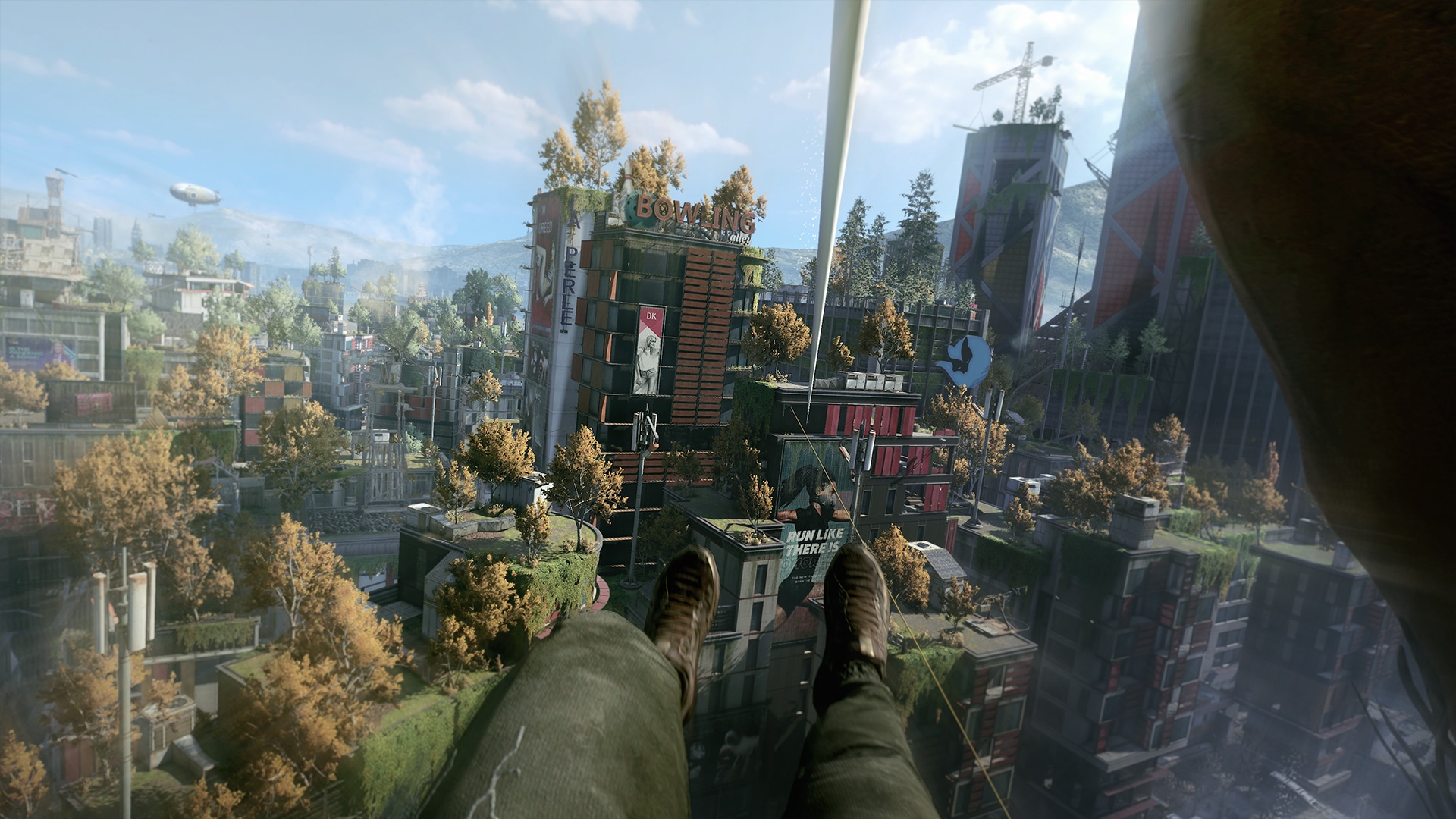
When I’m running through the streets, or even on the rooftops, I can hear and see zombies come out of windows, doors, and out of the sewers. Can you talk about where the idea for that element came from?
Tymon Smektała: It came from our willingness and our goal of making the transition, making day and night, significantly different. To do that, you need to tell players, hey, now the transition happens. Now, this is the moment where it all changes. You see that especially when the day goes into the night, or the night goes into the day. When the day goes into the night, during the first hour of the night … you see a lot of them, Virals escaping, jumping out of the windows, or Biters fumbling out of the doors.
Sometimes, it’s really crazy scary when you just run through the street and you think it’s empty, and suddenly, they’re just all over the place. Also, when the night turns into day, we wanted to tell players, “Now is the time where you will be a little bit safer.” So, you see them crawling into their lairs, and some of them don’t make it, so even when the morning starts, you see them laying and dying in the sun. Oh, how difficult it was for us to make. (laughs)
The original Dying Light had a traditional sprint button, which is absent here. Can you talk about why that is?
Tymon Smektała: The mechanics of the runner are a little different. When you start in this game, you start slow, and then you get faster. The increase of speed is not the same as it is with the sprint button, but we have something like that later, which you unlock as a skill. It works a little bit differently — it’s called the “dash.” It’s a tool that’s a little bit more tactical. We want you to use it with a little more meaning and a little more purpose because, when you have a game with a sprint button, you’re basically just constantly sprinting out of stamina. There’s this moment where you don’t sprint and then you sprint again, and that’s it. So, the dash in Dying Light 2 Stay Human works a little differently. We want you to use it with purpose.
If you run to the end of a rooftop, and you see there’s a huge gap in front of you, then you do the dash because the jump will be longer. Or if you see an enemy in front of you, and you want to use that enemy to jump off of him, you have to do the dash to hit him with impact so he bends a little and then you can run on top of him and then jump further. So, there’s no sprint like a regular sprint button, but dash works similarly. But we want you to use it with a little bit more thinking behind it.
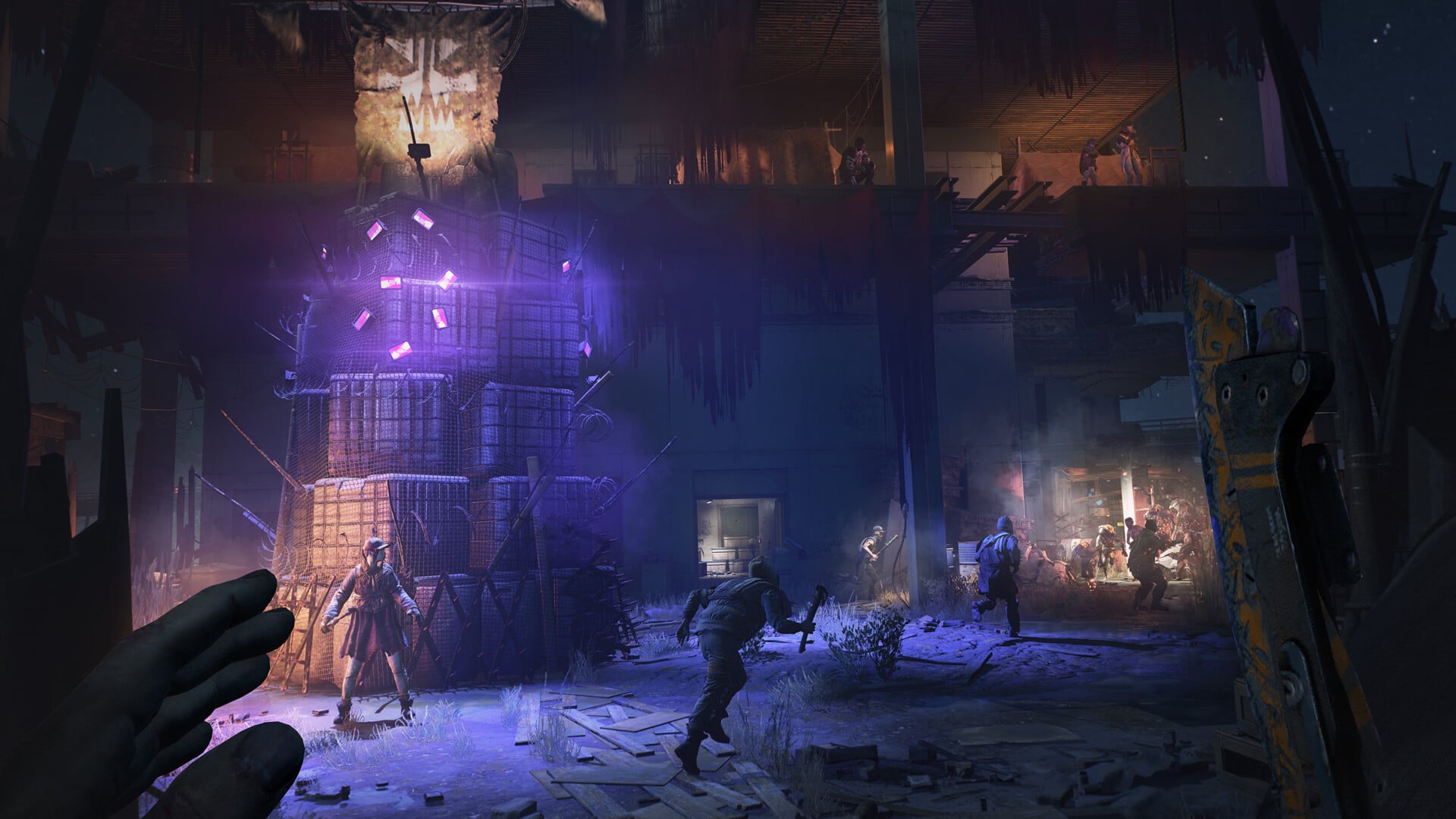
From what I’ve played, I already feel helpless in a good way, if that makes sense. So, as players progress, is that something that’s going to change? Are we still going to feel helpless?
Tymon Smektała: I feel this is a part of the Dying Light experience. When you start the game, you’re lost in the world. You don’t know what to do, and you feel that you are overpowered by everything. Everything is stronger than you, and you don’t have that many tools to actually face that challenge. As you play the game, you get stronger and stronger, and stronger, and stronger, and at the end game, you feel that you rule over this place that you have earned your place in this world, and you are at the top of the pyramid. So, definitely, it works like this in the second game as well. I think the progression curve is even bigger in this game. You start maybe a little bit stronger than in the first game, but you end up way more powerful than in the first game — at least in the base version, because we kept adding and adding and adding content afterward.
One of the reasons why that is is that, in the first game, you were progressing, you were getting better weapons, you were getting blueprints that gave you access to various tools, and that was it. In this game, you can also upgrade those blueprints. So, even the Molotov cocktail that you get at the start of the game is weaker than the Molotov cocktail that you can end with at the end of the game because you can upgrade the blueprint for a Molotov cocktail by doing various missions for a guy that we are calling the Craft Master. You do submissions for him, and then he allows you to upgrade your blueprints.
Actually, it’s very funny because I think Dying Light 2 is easier to get into than the first game, but we have a special difficulty mode, which is tailored specifically for the veterans of the first game. When you start the game, you get to choose the normal, and there’s the next one, which says, “Hey, this is specifically if you played the first game. Choose this.” I think you should choose this because, for me, I spent thousands of hours in Dying Light, so for me, this is their real experience. That’s when the real fun begins. The feeling of being overwhelmed with the world around you is like being helpless in a good way. You’ll feel even stronger on that mode.
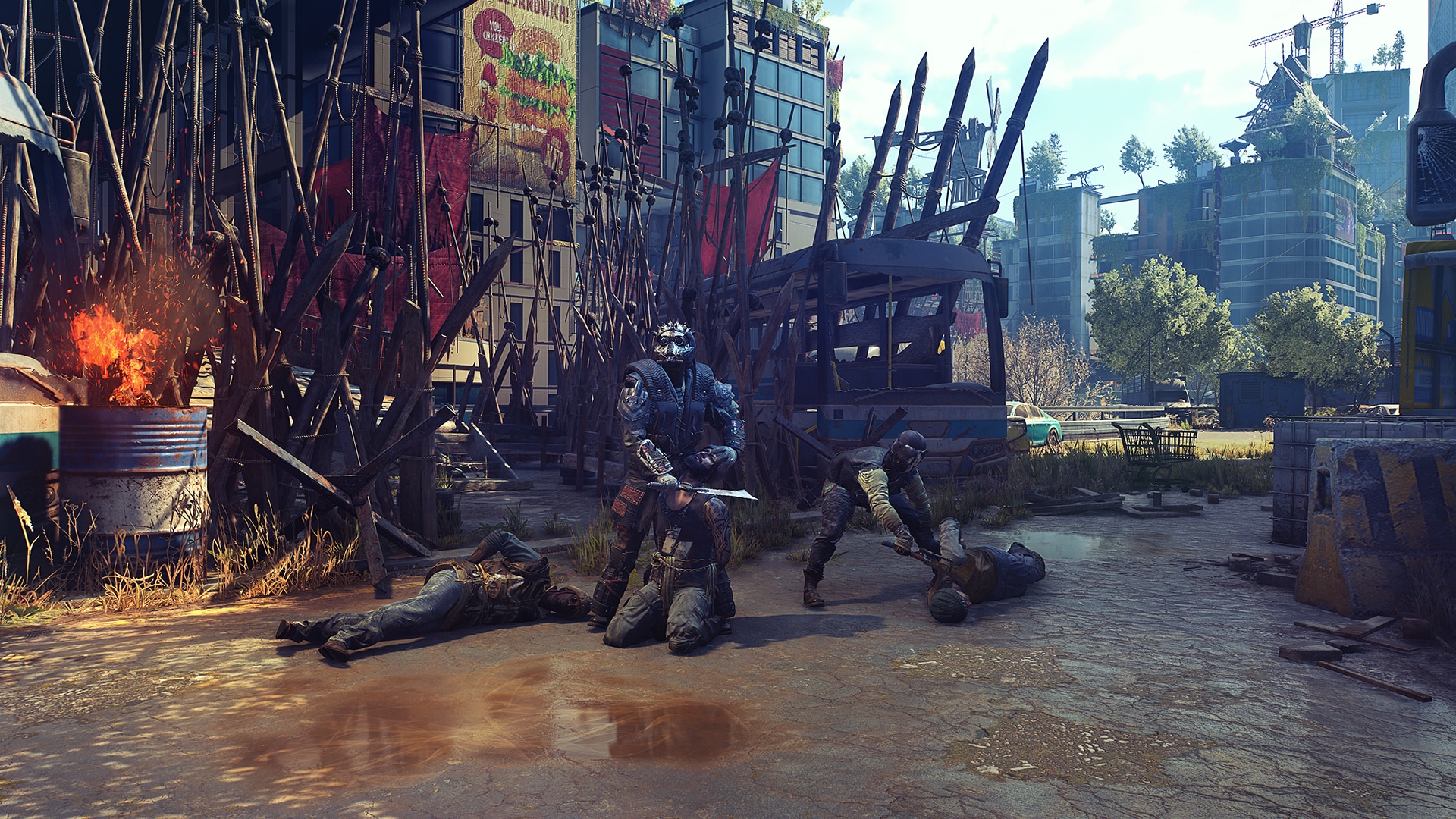
How is it different from the rest of the modes? And how have you tailored it for Dying Light veterans?
Tymon Smektała: When you look at the in-game script that defines it, I would say there are about 40 variables that are changed or 40 things that are changed. We’re changing the enemy behaviors, we are changing the weapon durability, stamina use — a lot of stuff that really is supposed to make the experience a continuation of what you felt in Dying Light 1. Definitely, as a fan of the first game, and as a person that spent a lot of time in the first game, this is what I’m choosing when I’m playing Dying Light 2 Stay Human.
How has Techland brought elements from Dying Light 1‘s DLC — like The Following and other content releases — over to Dying Light 2? I know The Following obviously had vehicles and things like that.
Tymon Smektała: It’s hard to say because it was a very organic process for us. As we were developing Dying Light 2, we were also supporting Dying Light 1. It was like going back and forth. The ideas were coming from one game to another. … But of course, as a studio, we have learned a lot with Dying Light 1 and with the DLCs, and now we are using that experience with the second game.
One thing we also want to do is, of course, support Dying Light 2 Stay Human in the same way that we did for Dying Light 1. We have a very detailed plan moving quite a few years forward, but we try not to think about it too much at this point. The important thing is to get Dying Light 2 Stay Human on the shelves, into players’ machines, and make sure that it actually is a game at least as good as the first one, at least as exciting as the first one was, because if we fail on this one, then all of those plans don’t make sense.
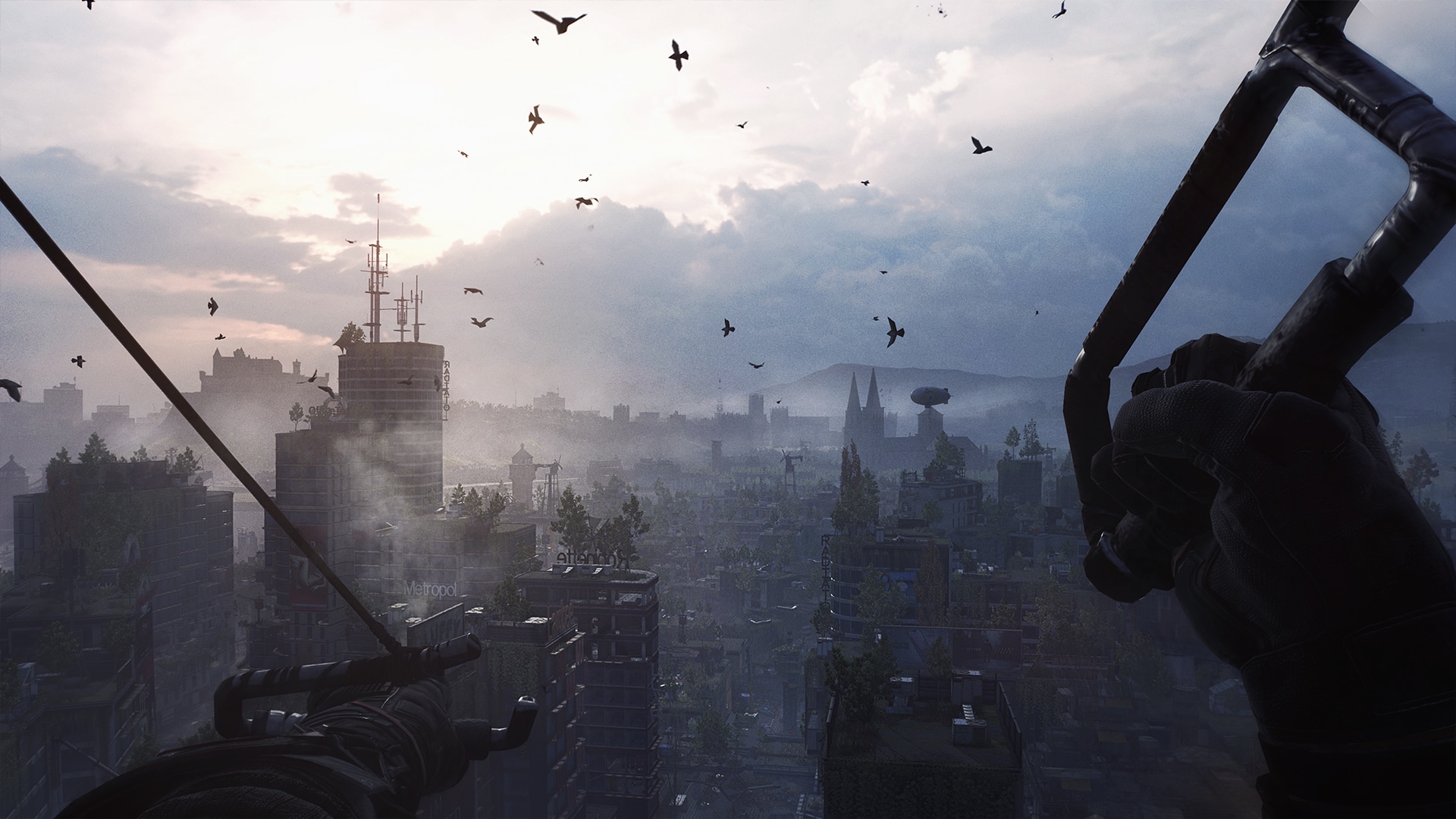
If there’s anything you want players to take away from Dying Light 2 when they get their hands on it, what would that thing be? What do you want them to feel?
Tymon Smektała: I would point to two things: First of all, as a gameplay designer, I hope they will get the feeling of empowerment with the changes to the city they can make. That they will actually feel that, “Hey, this is me making those changes into the city. This is me shaping this world.” Personally, for me — this is really a very powerful, very strong feeling, which makes me excited. I can actually make changes into this world, observe them almost instantly, and play with them because most of the changes actually involve some elements of gameplay. So, we either introduce some gameplay elements or maybe hide some gameplay elements from you, or maybe tweak some gameplay elements from you, like things in the environment you can use.
This is very empowering, but in terms of emotions, I think of the subtitle for the game, the Stay Human tagline. This is something that makes a lot of sense when you finish the game. So, I would like everyone to finish the game. As many players as possible. I know that not all gamers actually finished all games, but I hope a lot of people will finish the game and they will get the meaning of it and they will get the message that we have for them, with what’s in the story and with the Stay Human tagline.
Dying Light 2 Stay Human launches on February 4, 2022, for PC, PlayStation 4, PlayStation 5, Xbox One, and Xbox Series X | S. Check out our hands-on preview for more.
This Dying Light 2 interview has been edited for clarity and brevity.

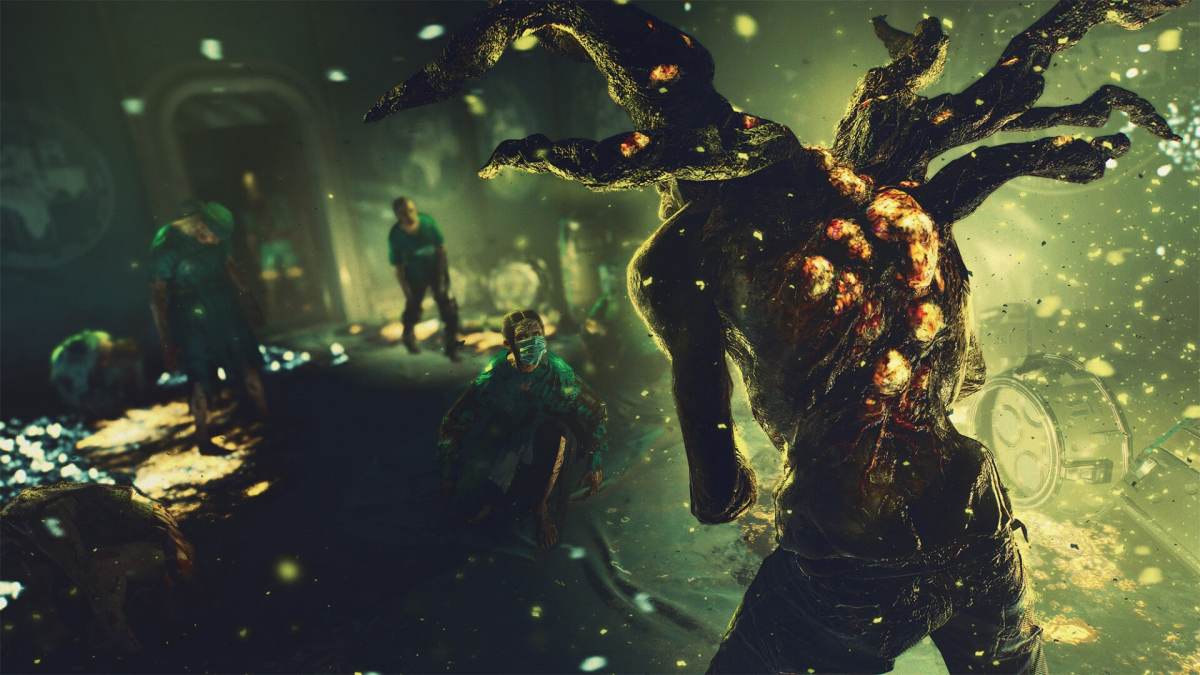


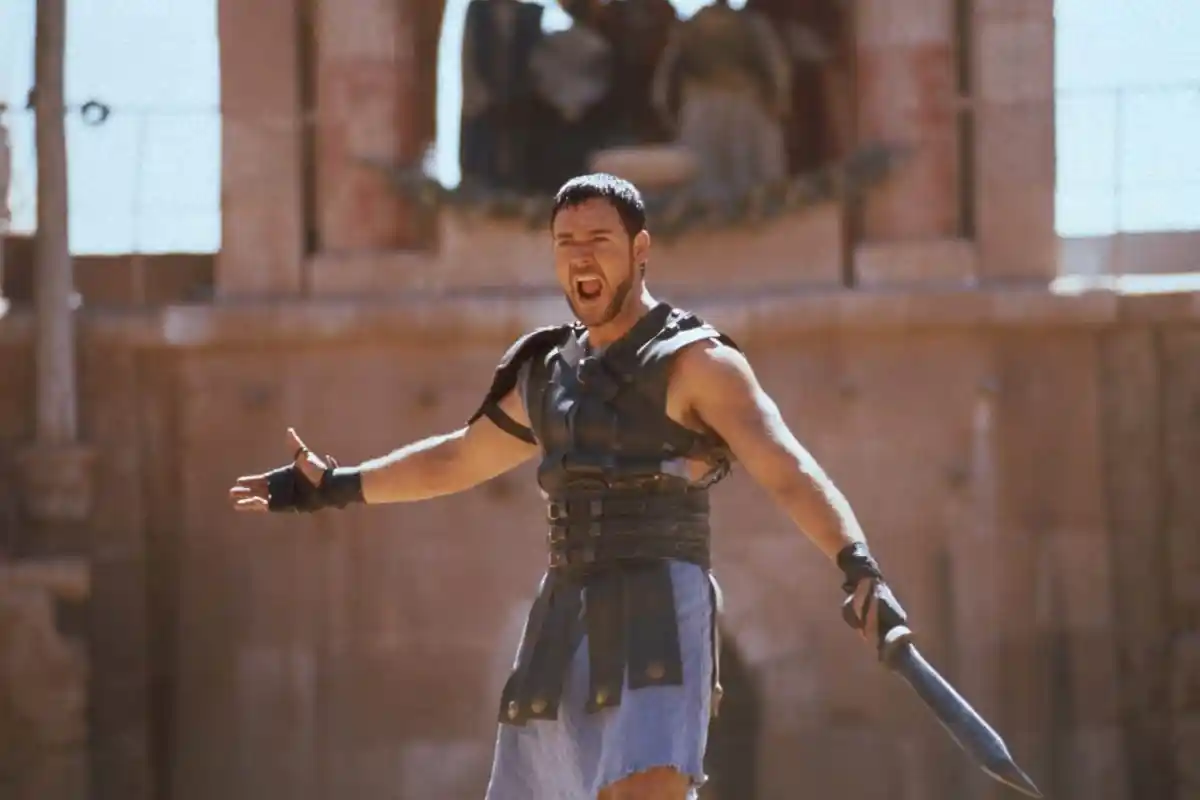

Published: Nov 16, 2021 10:30 am